Petra in the Colombian coffee region
Colombia, the land of coffee. Last December Petra and her partner Paul stayed in hotel Sazagua in the coffee region where they were invited to visit a small-scale coffee plantation.

Visiting a coffee plantation
After breakfast we go with our guide Alejandro and our driver Guillermo in the direction of Finca La Mina, a small farm in Caldas, about a 1.5-hour drive from our hotel near Pereira. We cross the city and drive through a landscape of plantations and green mountains.
Upon arrival at the Finca we are welcomed by Gabriel, his wife Lilia, their two daughters and a small dog. The family lives in a neat house with a view over the valley where their plantation is located. The coffee beans are produced in a very authentic and small-scale way. We get a short introduction from Gabriel who immediately takes us to pick the beans ourselves.

Roll up your sleeves
Like real experienced coffee pickers, with a cloth around our necks, hat on our heads against the sun and a basket tied around our waist we start working. Gabriel shows us the right colour so we know which beans we can pick. We taste a coffee bean. For the first time we think about the fact that there's a sweet layer over the bean, almost honey-like. The branches grow towards each other and reach over us. It looks like we're back in the Amazon, where we just came from. After a few minutes we are already disoriented. Luckily Gabriel knows his way around.


Under a mango tree we enjoy a fresh piece of fruit, straight from the tree. The mango is so sweet that we can eat it with the peel. Gabriel shows us how he grows the coffee plants, from bean to plant. We are even allowed to plant our own coffee tree, which we baptize Paul and Petra. We write the names on a plate next to the others and from now on we will be informed about the growth every month.


From berry to coffee bean
Time to see how much coffee we've picked. Not too much unfortunately, we're not professional pickers yet. Our coffee beans are weighed and then we calculate how much it is worth. With a cup of water, we see which beans are good for the best coffee. The berries that float are of a lower quality. The beans are then mechanically removed from the fruit and fermented in water after which they are dried for a few days. When the coffee bean has a humidity of 10-12%, the husk is removed from the bean. Then the bean is roasted to the coffee bean we know in the supermarket. Here the beans are roasted on a wood-fired stove. We smell two different coffee beans. One that has roasted for about 30 minutes, where the sweet and sour smells can still be recognized and one that has roasted for about 35 minutes, where the colour is darker, and the smell is stronger but less refined. We grind the coffee bean into powder and with a small cafeteria we make two espressos. This cup of coffee tastes very different now that we have heard and experienced the story behind it.
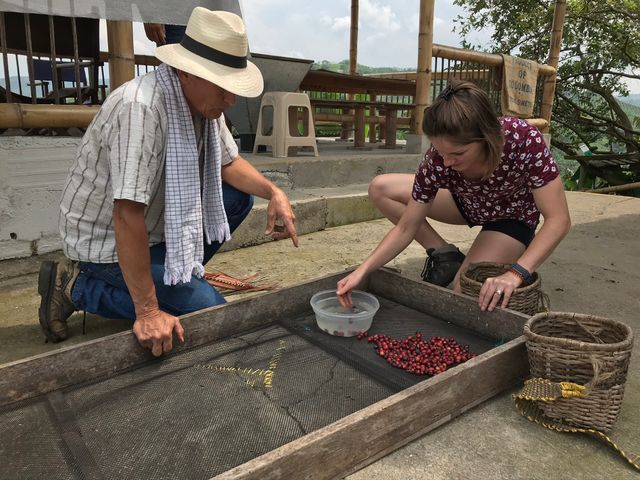
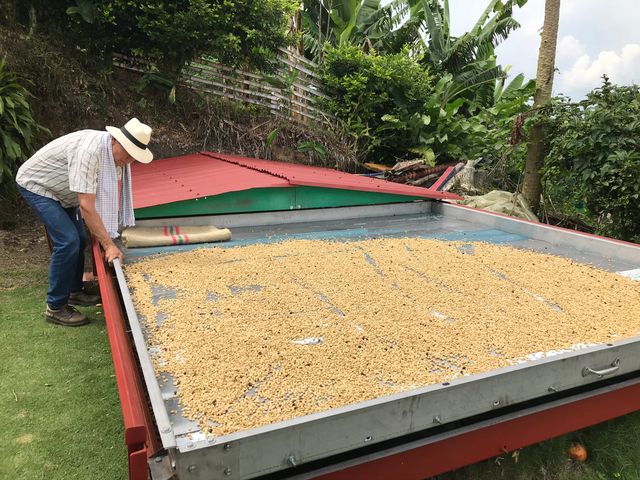
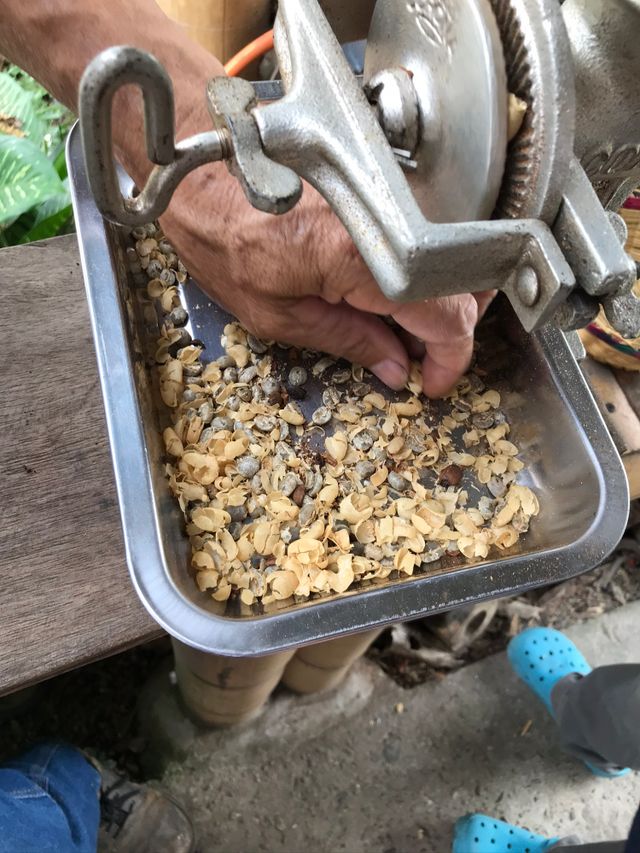
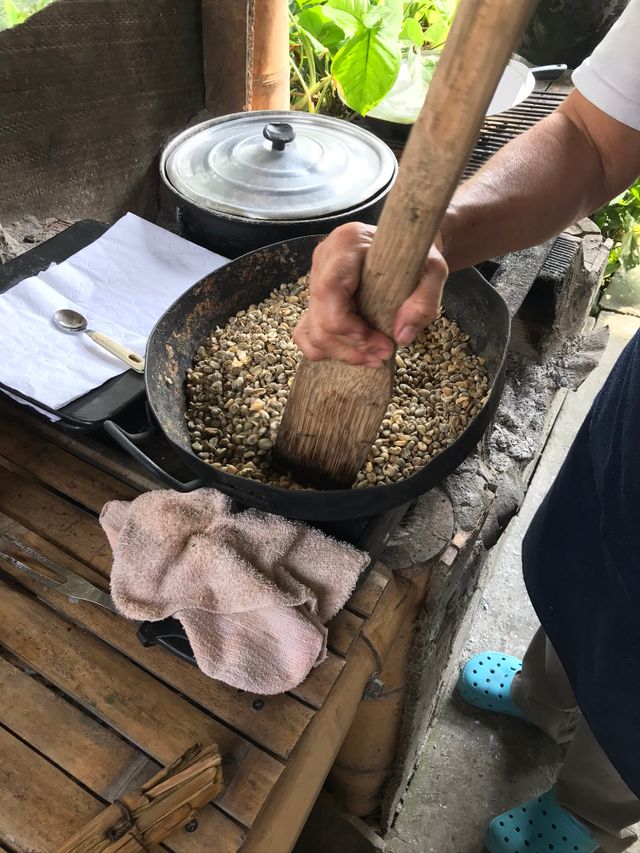
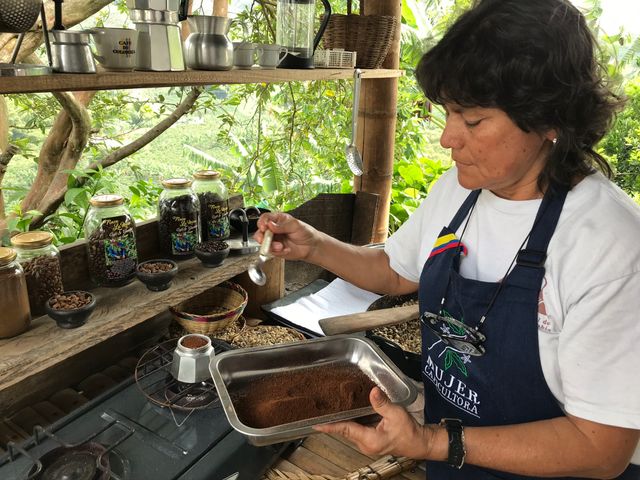
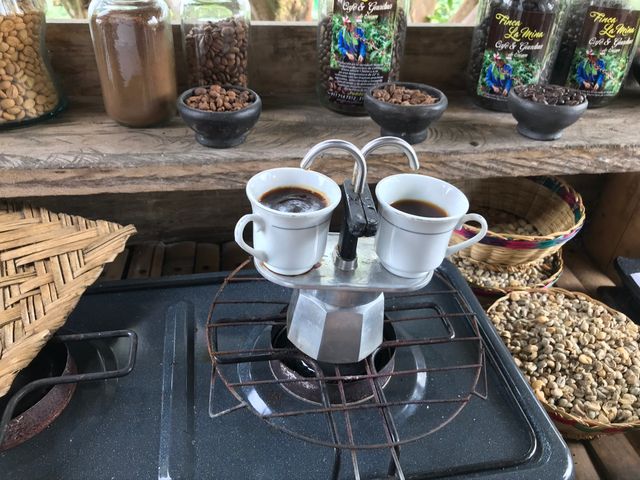
While Gabriel has taught us more about coffee, Lilia has prepared a delicious lunch for us. On the terrace overlooking the valley we eat a typical Colombian lunch. Brown beans, rice, avocado, pork, sausage, salad and plantain, delicious. After lunch it is time to say goodbye. As a souvenir we take coffee beans with us, so we can remember this special day at home. After a cuddle we get in the car and wave the family goodbye until we can't see them anymore.
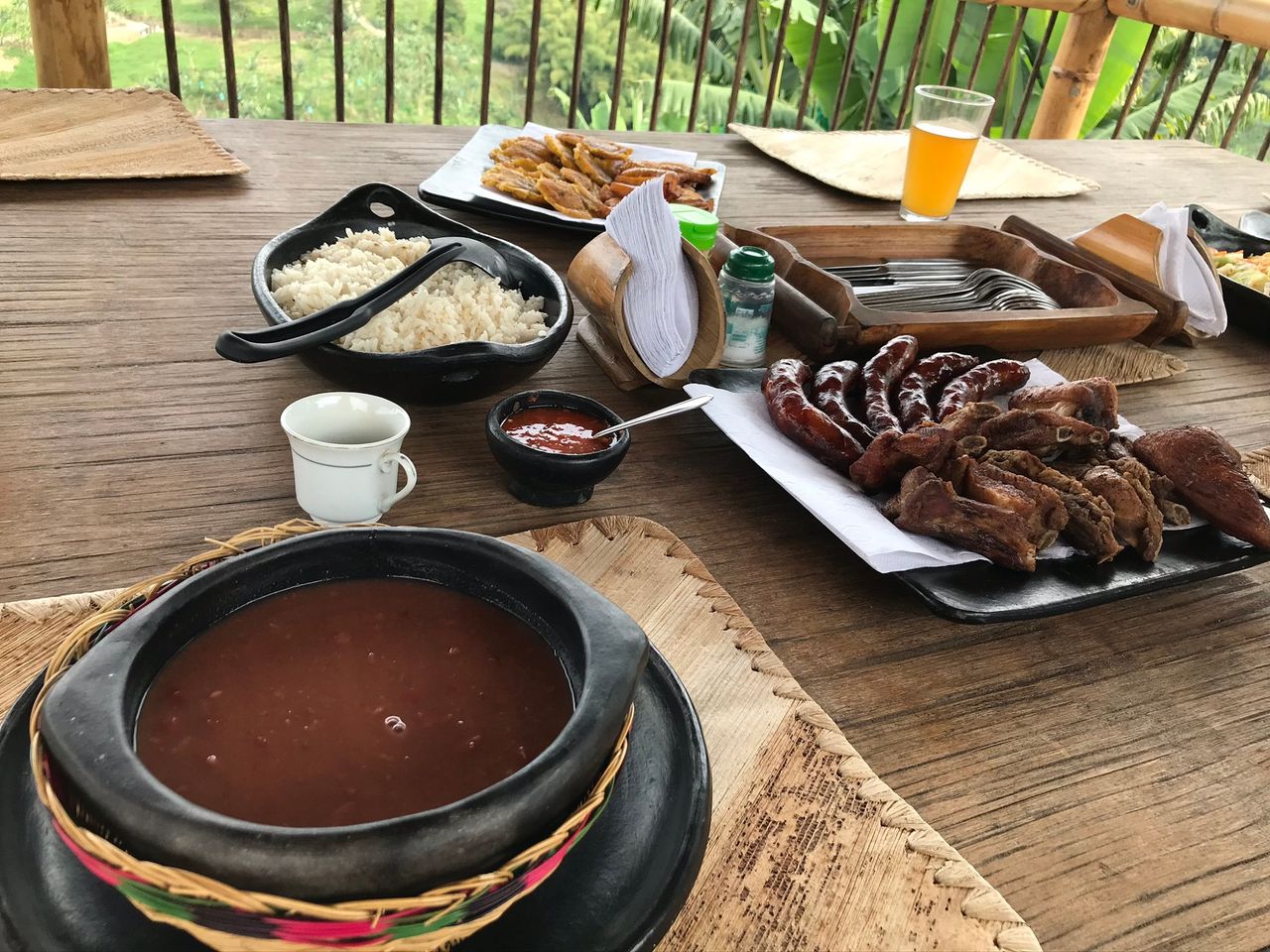
Travel through Colombia?
Would you also like to get acquainted with Colombia and visit the coffee region? Are you curious about the possibilities? Then take a look at the travel itineraries that we have put together for inspiration. You can book these trips directly, but we also like to create a personal programme based on your wishes and ideas.
Do you have a question? Feel free to contact us. Call +31 73 610 62 04 or send an e-mail to info@sapapanatravel.nl. We are happy to help.